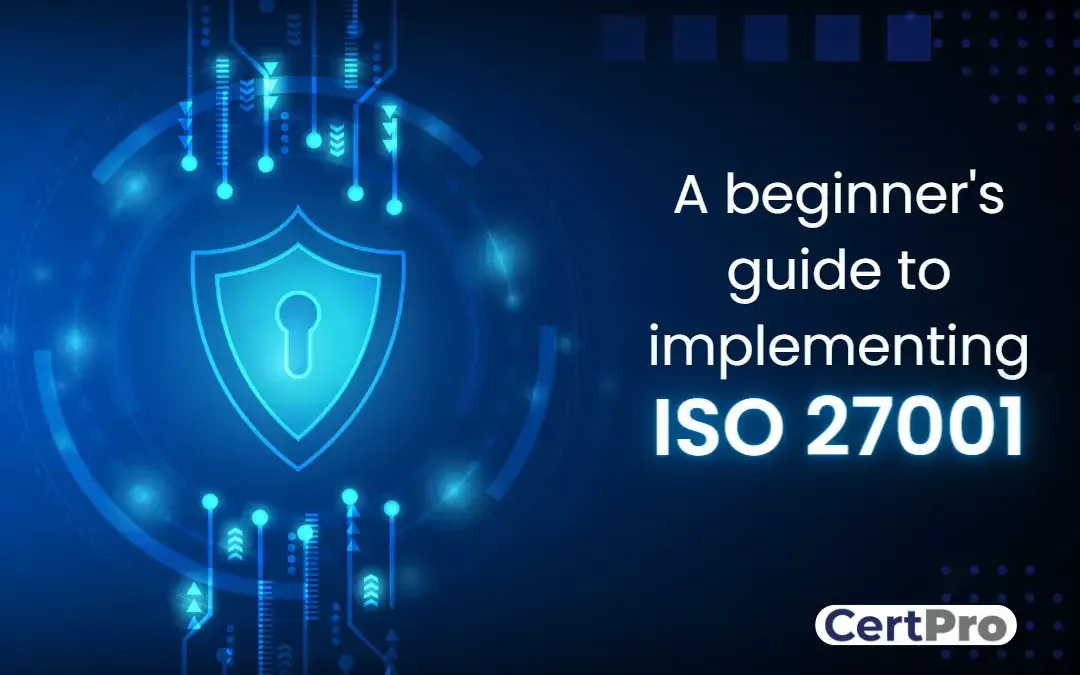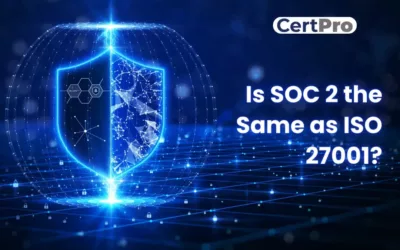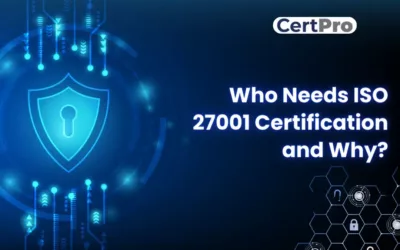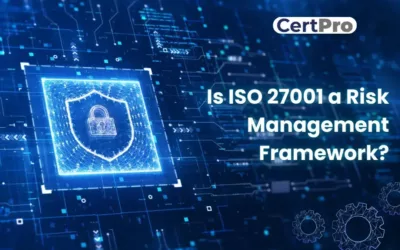In today’s digital age, information security is a top concern for businesses of all sizes and industries. Data breaches and cyberattacks can have severe consequences, such as financial losses, damage to reputation, and legal liability. To combat these risks, organizations can implement an information security management system (ISMS) that complies with ISO 27001, a widely accepted international standard.
However, setting up an ISMS that meets ISO 27001’s requirements can be a daunting task, particularly for beginners. This is why we have created this beginner’s guide to implementing ISO 27001. In this guide, we will provide a step-by-step approach to achieving ISO 27001 compliance, including the fundamental concepts, requirements, and benefits of the standard.
Whether you are a small business owner or a security professional, this guide will provide you with practical advice and helpful tips for implementing an effective ISMS. By following our guidance, you can ensure that your organization’s information security controls are adequate and effective, protecting your sensitive data and minimizing the risk of data breaches. So let’s get started with this beginner’s tutorial and embark on the journey towards ISO 27001 compliance.
What is ISMS?
An ISMS is a tool for managing risks to an organization’s information assets, including those resulting from internal and external threats like cyberattacks, natural disasters, human error, and malicious behavior. An ISMS offers a framework for methodically and consistently discovering, evaluating, treating, and monitoring information security issues.
Organizations may guarantee that their information security measures are suitable, efficient, and continually improved by putting an ISMS in place. Additionally, it can assist organizations in adhering to information security-related legal and regulatory requirements.
What is ISO 27001?
The ISO 27001 standard for information security management systems (ISMS) is widely accepted. It offers a structure for setting up, putting into practice, keeping up with, and continuously enhancing an organization’s information security management system. The standard outlines requirements and recommended procedures for handling risks to the availability, confidentiality, and integrity of information assets inside an organization.
Putting ISO 27001 into action may be beneficial for businesses of all sizes and across all sectors. Organizations can use it to safeguard sensitive data, lower the chance of data breaches, and guarantee regulatory compliance. Organizations can adopt a systematic approach to managing information security risks and make sure that their information security controls are adequate and effective by putting the standard into reality.
A Beginner’s Guide to Implementing ISO 27001
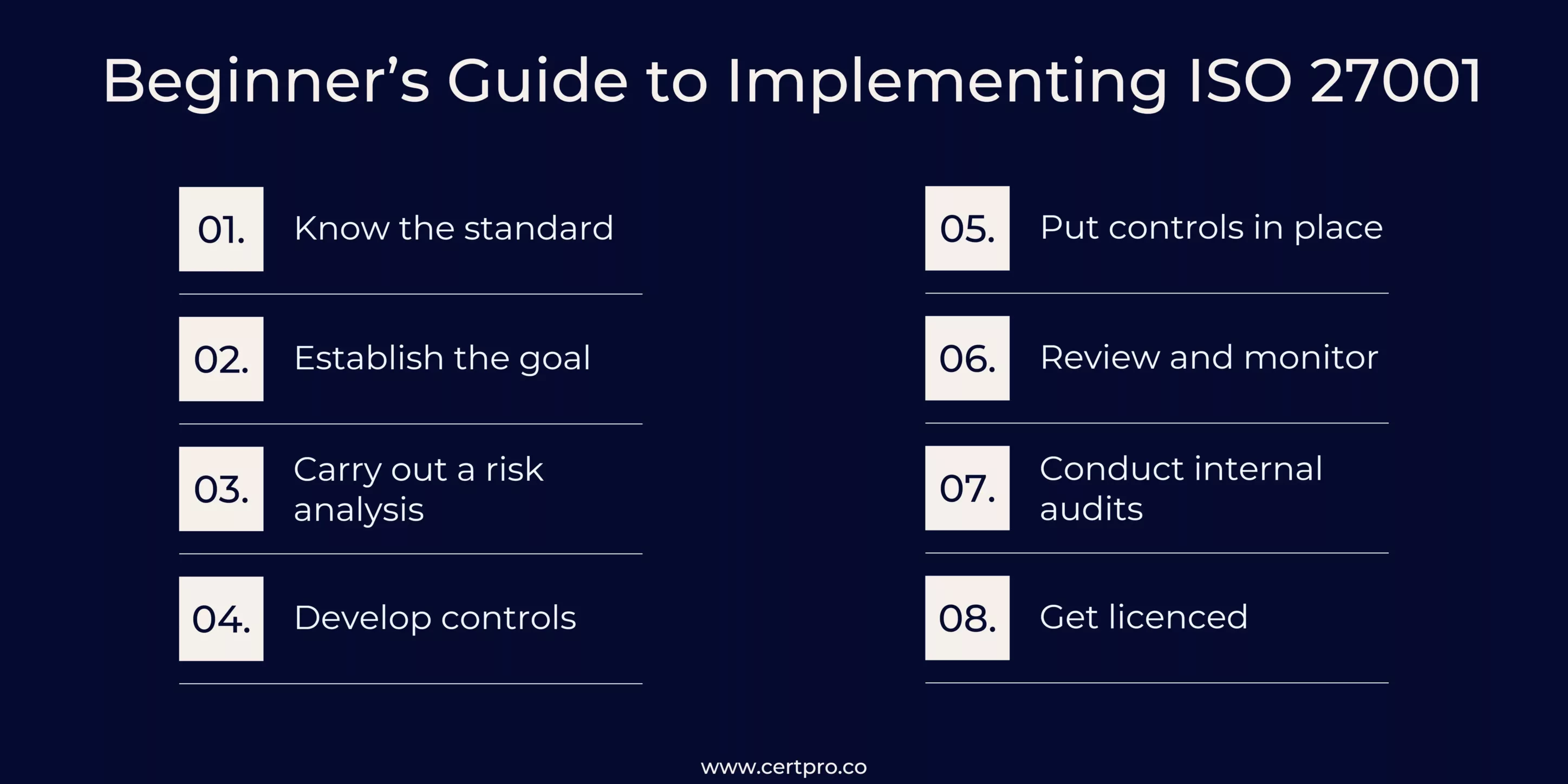
In order to manage risks to the confidentiality, integrity, and availability of an organization’s information assets, the standard lays out requirements and standards of excellence. In this introduction, we will outline the procedures for implementing ISO 27001.
1. Know the standard: To apply ISO 27001, you must first become familiar with the standard’s requirements. The International Organization for Standardization (ISO) website sells copies of the standard. To learn the standard more thoroughly, you could also choose to participate in training or take an online course. There are ten primary sections in the ISO 27001 standard, including:
- Scope
- Standard references
- Definitions of key terms
- Setup of the business
- Leadership
- Planning
- Supporting
- Operations
- Performance Assessment
- Improvement
Organizations must fulfill particular requirements in each of these parts in order to become certified.
2. Establish the goal: Choosing the ISMS’s scope is the next step. This entails defining the information assets that need to be safeguarded, the places where they are kept, and the procedures and individuals that deal with them. You can use this to specify the limits of your ISMS. The risk assessment, statutory and regulatory requirements, as well as the needs and goals of the organization, should all be taken into account when defining the scope.
3. Carry out a risk analysis: identification and evaluation of the risks to your information assets are two of ISO 27001’s primal requirements. You may then prioritize the hazards that your ISMS needs to address. You can identify and assess the risks using a variety of risk assessment approaches. The chance and impact of each risk should be taken into account throughout the systematic, repeatable risk assessment.
4. Develop controls: Create controls to reduce or manage the risks based on the threats indicated in the risk assessment. These safeguards could be physical, administrative, or technical. The controls should be commensurate with the level of risk and should be adapted to the specific hazards that have been identified. The controls should successfully address the risks, and they should also go through regular evaluation to ensure their continued efficacy.
5. Put controls in place: Put the controls in place in your company. This can entail adapting procedures, introducing fresh technology, or providing personnel with training. To guarantee that the controls are executed efficiently and promptly, the implementation should be planned and controlled. The controls should be evaluated to make sure they are functioning properly and attaining their intended objectives.
6. Review and monitor: To make sure the controls are still applicable and effective, monitor their performance and review them frequently. This will assist you in identifying any new dangers or adjustments that require attention. Regular monitoring and reviews should be conducted, and they should be recorded. The effectiveness of the ISMS should be increased using the findings from monitoring and review.
7. Conduct internal audits: To make sure that your ISMS is working efficiently and in accordance with ISO 27001, conduct internal audits. Certified auditors who are unbiased toward the subject matter under examination should conduct internal audits. Senior management should document the audit findings and review them.
8. Get licenced: You must have an independent auditor evaluate your ISMS and confirm that it complies with the standards if you wish to be certified to ISO 27001. An initial certification audit and recurring surveillance audits are part of the certification process to guarantee continuous adherence to the standard.
FAQ
How can I begin putting ISO 27001 into practice?
What are the essential actions for applying ISO 27001?
What are some typical issues with putting ISO 27001 into practice?
How long does it typically take to implement ISO 27001?
What four components make up ISO 27001?

About the Author
ANUPAM SAHA
Anupam Saha, an accomplished Audit Team Leader, possesses expertise in implementing and managing standards across diverse domains. Serving as an ISO 27001 Lead Auditor, Anupam spearheads the establishment and optimization of robust information security frameworks.
IS SOC 2 THE SAME AS ISO 27001?
In today's digital landscape, ensuring the safeguarding of client data is paramount for businesses. Adhering to recognized compliance standards is vital to meeting this demand. ISO 27001 vs. SOC 2 represent two prominent benchmarks in the realm of data security with...
WHO NEEDS ISO 27001 CERTIFICATION AND WHY?
The esteemed ISO 27001 security framework is designed to evaluate the effectiveness of an organization's Information Security Management System (ISMS) in safeguarding its data. Obtaining ISO 27001 certification is a practical way for a corporation to demonstrate its...
IS ISO 27001 RISK ASSESSMENT VITAL FOR SECURITY MEASURES?
The ISO 27001 standard provides a framework for information security, highlighting the importance of a thorough risk assessment procedure. Organizations use the methodical and complex ISO 27001 risk assessment process to identify and assess information security...

